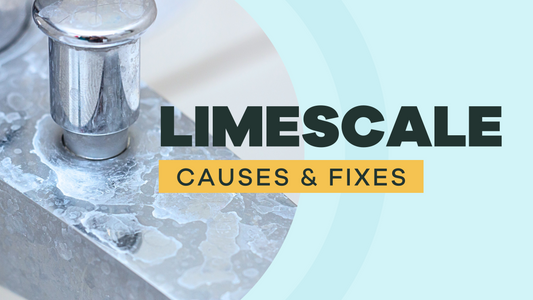
Legionella in Drinking Water: What You Need to Know At Home or Away
Legionella, a naturally occurring freshwater bacteria, are a relatively common nuisance in spas, hotels, and even homes, and can cause health complications.

Legionella, a naturally occurring freshwater bacteria, are a relatively common nuisance in spas, hotels, and even homes, and can cause health complications.

If you live near agriculture, should you be worried about your drinking water? We’ll explore contaminant risks as well as how to best test and treat well water.

A guide to well water contaminants that covers like cloudiness or weird smells and tastes as well water testing and filtration recommendations

What's that white buildup on your faucets and sinks—and how do you get rid of it? While limescale deposits from hard drinking water are pervasive across the US, there are...

Water softeners come in handy if your water is "hard," which means it it has high levels of dissolved calcium and magnesium.

Corrosion and scaling. What are they? How are they related? And what can you do to prevent expensive failures in your water pipes and fixtures?

A guide to 7 of the most common and harmful drinking water pathogens. From Legionella to E. coli to Giardia, this guide covers signs and symptoms of common causes of...

A guide to everything you need to know about water hardness, total dissolved solids (TDS), pH, and alkalinity